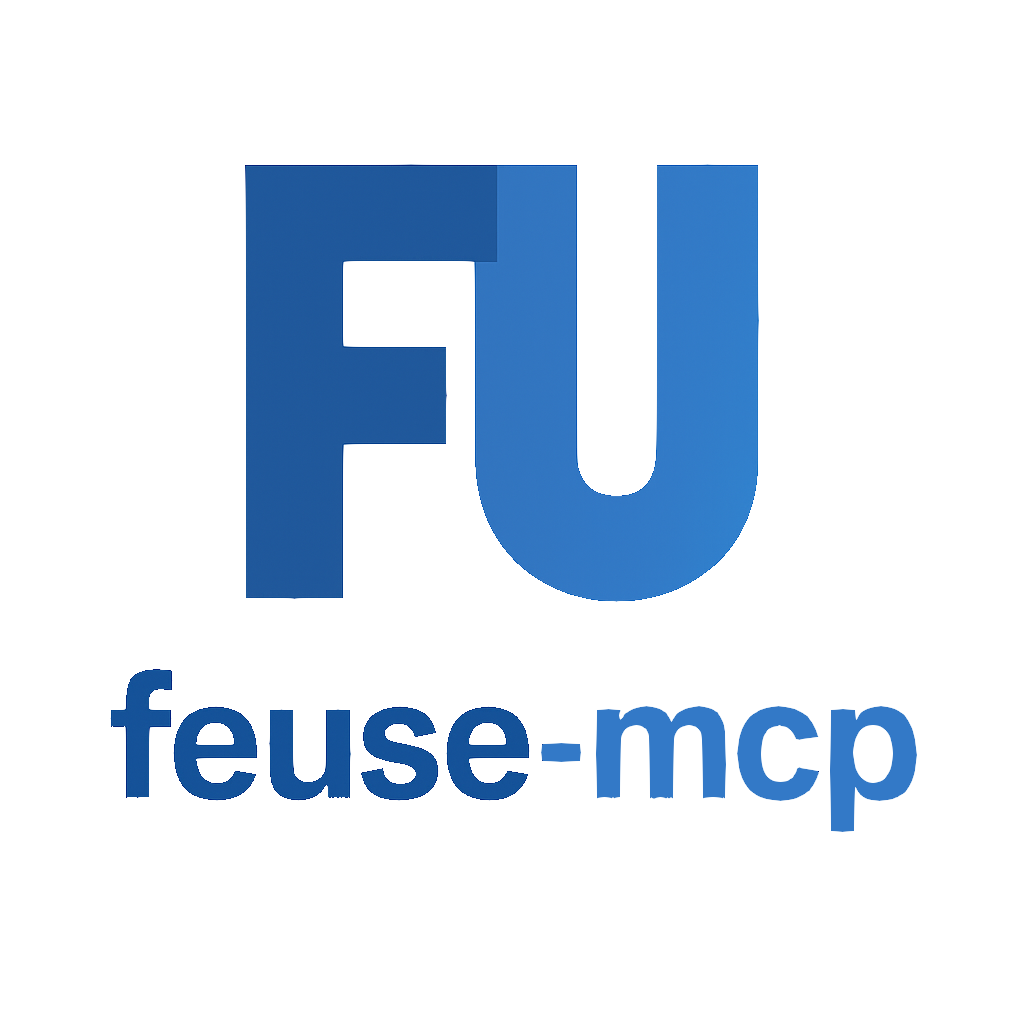Figma Integration
feuse-mcp provides powerful Figma design-to-code capabilities for frontend developers through built-in integration with Figma-Context-MCP.
Prerequisites
Before using Figma integration features, you need:
- Figma API Key: Obtain from Figma Developer Settings
- Design File Access: Ensure you have access to the Figma files you want to process
- File Key and Node ID: Know how to get this information from Figma URLs
Automatically Get Figma File Information
File Key (fileKey)
Extract from Figma file URL:
https://www.figma.com/file/ABC123/Design-File-Name
^^^^^^
This is the fileKeyNode ID (nodeId)
Get from URL parameters when selecting specific elements:
https://www.figma.com/file/ABC123/Design-File-Name?node-id=11675-21664
^^^^^^^^^^^
This is the nodeIdCore Figma Tools
Figma-To-Code
Convert Figma designs directly to frontend code.
Parameters:
fileKey(required): Figma file identifiernodeId(optional): Specific node ID, processes entire page if not specified
Usage Example:
<!-- vscode: -->
#Figma-To-Code https://www.figma.com/file/ABC123/Design-File-Name?node-id=11675-21664extract-svg-assets
Intelligently analyze and extract SVG resources from Figma files.
Parameters:
fileKey(required): Figma file identifiernodeId(optional): Specific node ID
Features:
- 🔍 Smart Recognition: Get Figma DSL structure based on FTC capability and automatically identify SVG icons and vector graphics
- 📁 Batch Processing: Support extracting multiple resources at once
- 🏗️ Directory Organization: Automatically create reasonable folder structure
Usage Example:
<!-- vscode: -->
#extract-svg-assets https://www.figma.com/file/ABC123/Design-File-Name?node-id=11675-21664extract-color-vars
Extract color variables from Figma and convert to CSS variables or design tokens.
Parameters:
fileKey(required): Figma file identifiernodeId(optional): Specific node ID
Supported Output Formats:
- UnoCSS: Generate
uno.config.tscompatible color configuration - TailwindCSS: Generate
tailwind.config.jscolor extension - CSS Variables: Generate standard CSS custom properties
- Custom Format: Custom output structure based on project requirements
Usage Example:
<!-- vscode: -->
#extract-color-vars https://www.figma.com/file/ABC123/Design-File-Name?node-id=11675-21664similarity-figma
Compare visual similarity between generated code pages and original Figma designs.
Parameters:
url(required): URL of the current project pagefileKey(required): Figma file identifiernodeId(optional): Specific node ID
Features:
- 📊 Similarity Comparison: Provide quantified similarity analysis
- 📈 Detailed Reports: Generate improvement reports with suggestions
- 🎯 Precise Comparison: Support precise comparison of local regions
- 🔍 Difference Detection: Highlight major difference areas (#TODO)
Usage Example:
<!-- vscode: -->
#similarity-figma
http://localhost:8080
https://www.figma.com/file/ABC123/Design-File-Name?node-id=11675-21664Workflow Recommendations
1. Complete Design-to-Code Process
graph TD
A[Get Figma Design] --> B[Extract Color Variables]
B --> C[Download Resources]
C --> D[Generate Base Code]
D --> E[Local Development and Debugging]
E --> F[Similarity Verification]
F --> G[Iterative Optimization]2. Batch Resource Processing
For design systems containing many icons:
- Use
extract-svg-assetsto batch extract all icons - Establish color system through
extract-color-vars - Use
Figma-To-Codeto generate component library framework
3. Component Development Verification
When developing individual components:
- Use
Figma-To-Codeto generate component base code - Local debugging and feature improvement
- Verify visual restoration through
similarity-figma - Adjust based on comparison results
Best Practices
Design File Preparation
- Unified Naming Convention: Use clear naming for layers and components
- Reasonable Hierarchical Structure: Maintain clear design hierarchy
- Component-based Design: Use Figma component features to improve reusability
Code Generation Optimization
- Local Configuration Check: Ensure ESLint, Prettier and other configurations are correct
- Dependency Installation: Install necessary UI libraries and toolkits
- Unified Style System: Use consistent CSS solutions (like TailwindCSS)
Quality Control
- Regular Similarity Checks: Perform visual comparisons regularly during development
- Multi-device Testing: Verify responsive design effects
- Performance Optimization: Optimize generated code and resources
Common Issues
Q: How to handle complex Figma designs?
A: It's recommended to split complex designs into multiple smaller components, convert them separately, then combine.
Q: What if the generated code doesn't match the design?
A: Use the similarity-figma tool for comparison analysis and make targeted adjustments based on the difference report.
Q: How to handle custom fonts and special effects?
A: Ensure the local environment has the corresponding fonts installed; special effects may need manual CSS adjustments.
Q: Which frontend frameworks are supported?
A: Currently supports React, Vue, HTML/CSS and other mainstream frontend technology stacks, automatically adapting based on project configuration.
